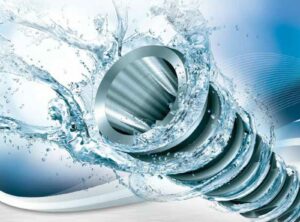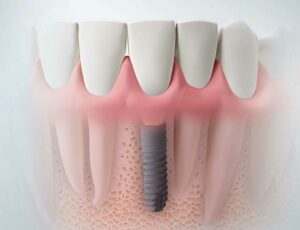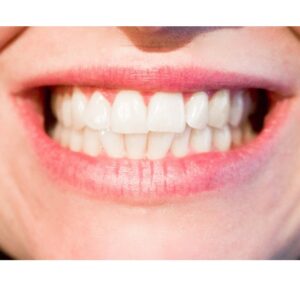A vast assortment of implant systems are available, and each boasts unique features and claims of long-lasting results. As a dental professional, the options can seem overwhelming. You want to choose the best products that will leave your patients with beautiful, lifelong smiles. One of the best ways to do so is to consider the surface of the implants you use.
Take a look at some of the ways an implant’s surface can potentially correlate to its effectiveness.
Is There a Correlation Between Implant Surface and Effectiveness?
Many studies have confirmed that a correlation exists between an implant’s surface and its effectiveness in both the short and long term. Patients with rough implant surfaces typically have a higher success rate than those with smooth surfaces. This success rate is particularly noticeable when implants replace more than one tooth. However, the success rate in smooth-surface and rough-surface replacements is more similar when only one tooth is replaced.
While a correlation does exist, keep in mind that a rougher implant surface isn’t the only factor in determining a procedure’s success. Various loading applications, timelines, patient history and other factors can all contribute to the implant’s survival or failure.
How Does Implant Surface Impact Effectiveness?
While the full effect of implant surface on the implant procedure remains unclear, research shows several ways roughness or smoothness can influence its effectiveness. Some of the major correlations between implant surfaces and their effectiveness include:
- Osseointegration: Rougher implant surfaces are generally more favorable to osseointegration. A rough area increases the likelihood of bone-to-implant contact early in the healing process.
- Healing times: Surfaces that allow for faster osseointegration may also contribute to quicker healing times. Patients can get on with their regular lives more quickly, resulting in increased patient satisfaction.
- Durability: An implant’s surface can also affect how likely it will be to remain stable under force. Rough-surface implants often require more force to break the connection between the bone and implant than those with smooth ones.
- Long-term success: Proper osseointegration is a crucial part of the implant’s success over a long lifespan. Because rougher surfaces correlate with fast osseointegration, they’re also more prone to long-term success, especially in multiple tooth replacements.
- Plaque harboring: While rough surfaces are otherwise more favorable to an implant’s overall success, they’re more prone to harboring plaque and bacteria. If the surface retains plaque, it could have some negative consequences on the implant’s effectiveness.
Increase the Effectiveness of Your Implants
The relationship between an implant’s surface and its effectiveness is complex. To increase the chances of success in your implant procedures, choosing a manufacturer who understands these complex correlations is critical.
If you’re looking for an implant solution that will increase the chances of osseointegration, early bone healing and fast cell response, turn to Hiossen® Implant. As a leading dental implant manufacturer, our systems are intricately designed using sand-blasted and acid-etched surfaces for the ultimate in implant morphology. Contact us today to learn more about our systems’ benefits or to choose Hiossen as your implant manufacturer.



